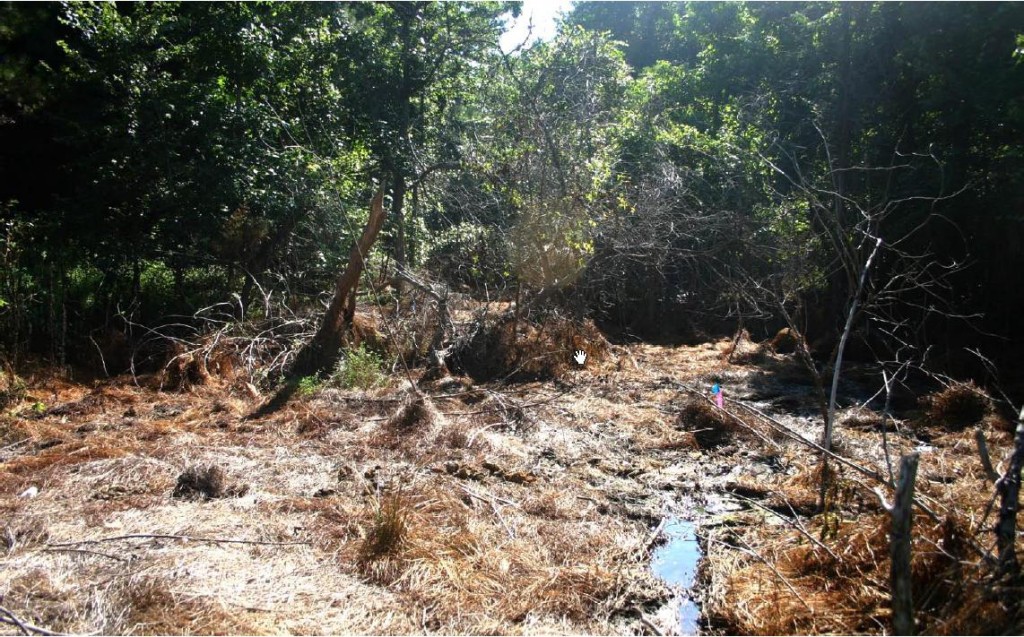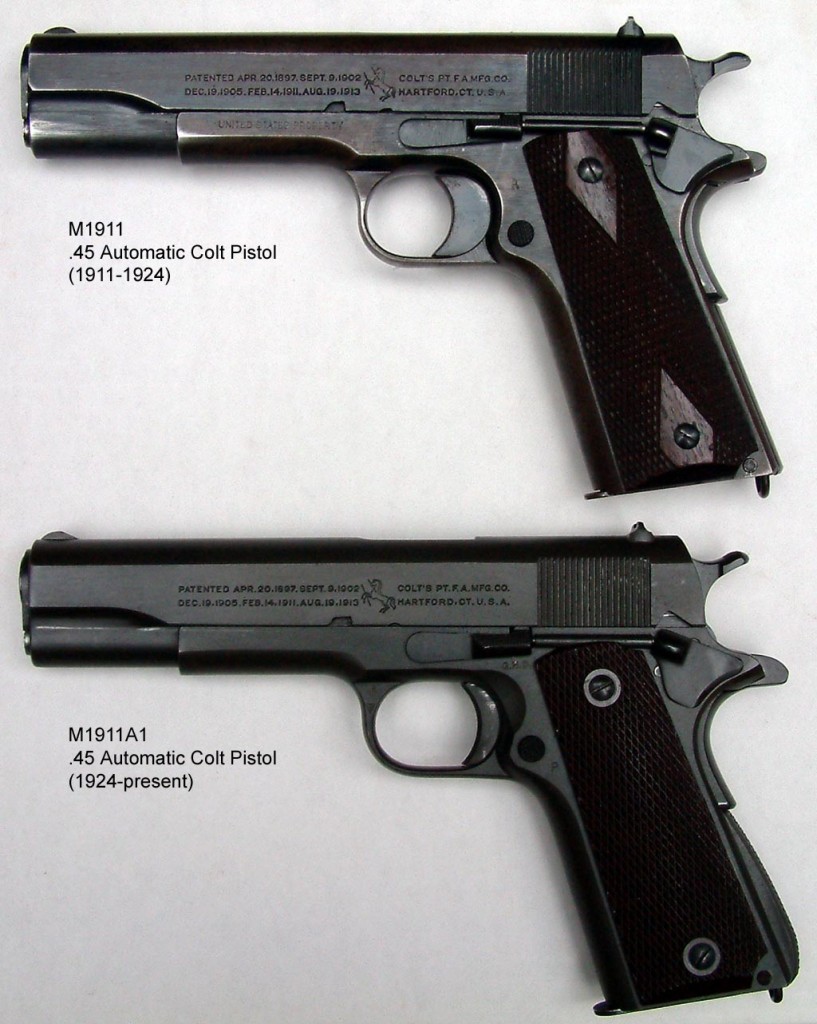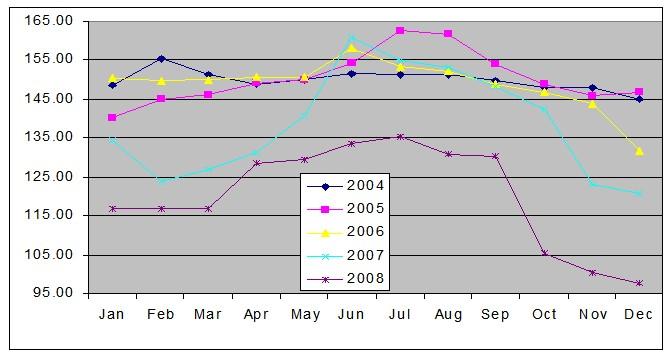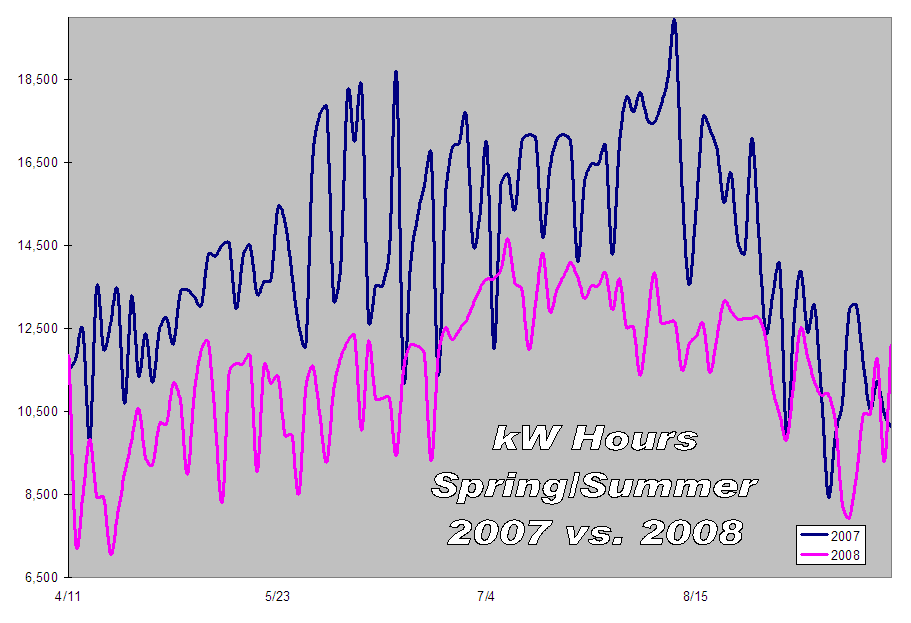I recently came across this fatality report from NIOSH about a workplace fatality which included this quote:
The foreign-born worker in this incident and a friend were hired together by a temporary agency to work as cleaners at the feed processing plant. The men were both native Spanish speakers. They received on-the-job training at the plant from their supervisor in English. Although the Spanish-speaking cleaner had very limited proficiency in English, he had lived and worked in the USA for 30 years, and was comfortable managing tasks in an English-speaking environment.
This is something a lot of us struggle with – we must train and supervise non-english speaking workers in a language they understand. One approach is to get a bilingual supervisor to work with you during Ammonia Awareness & Facility Evacuation trainings. In the past I’ve had flyers translated and distributed with paychecks – usually your bilingual coworkers are more than happy to help.
One word of caution though – You MUST ensure employees understand your training. It is not uncommon for workers to smile and nod through your presentation when they don’t understand any of it!
Here’s what OSHA has to say on the matter:
It is the Agency’s position that, regardless of the precise regulatory language, the terms “train” and “instruct,” as well as other synonyms, mean to present information in a manner that employees receiving it are capable of understanding. This follows from both the purpose of the standards — providing employees with information that will allow work to be performed in a safe and healthful manner that complies with OSHA requirements — and the basic definition that implies the information is presented in a manner the recipient is capable of understanding.










